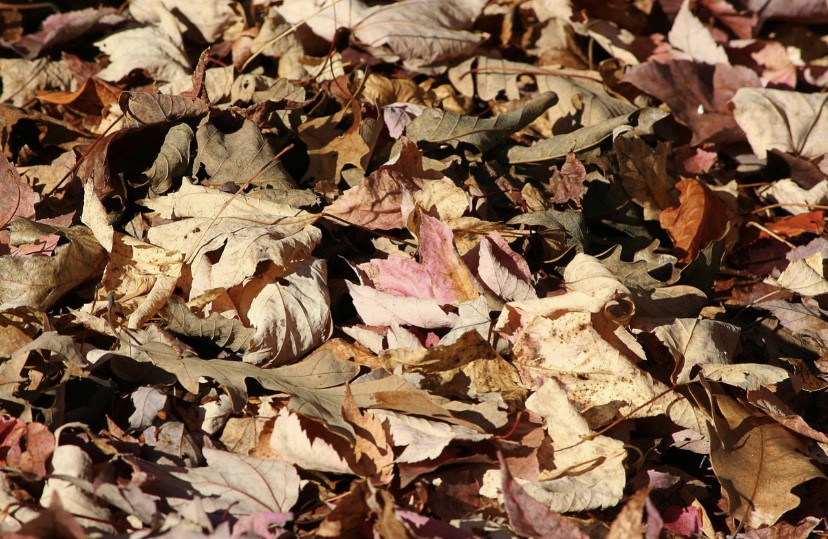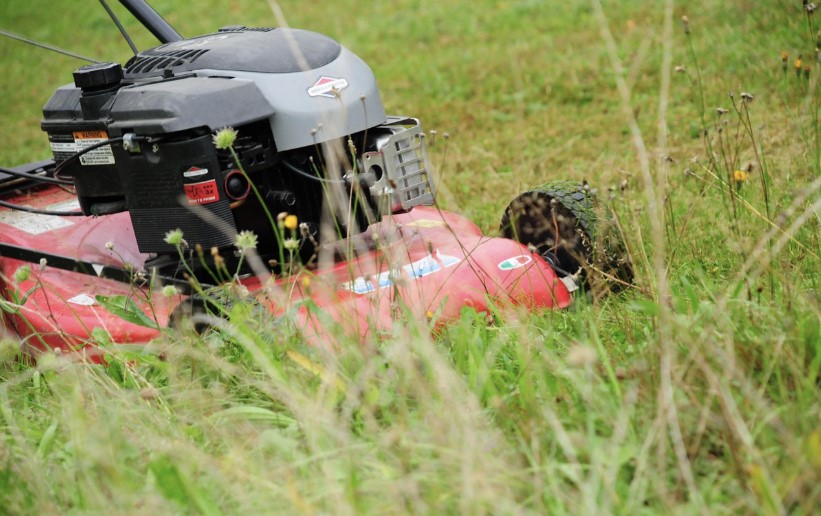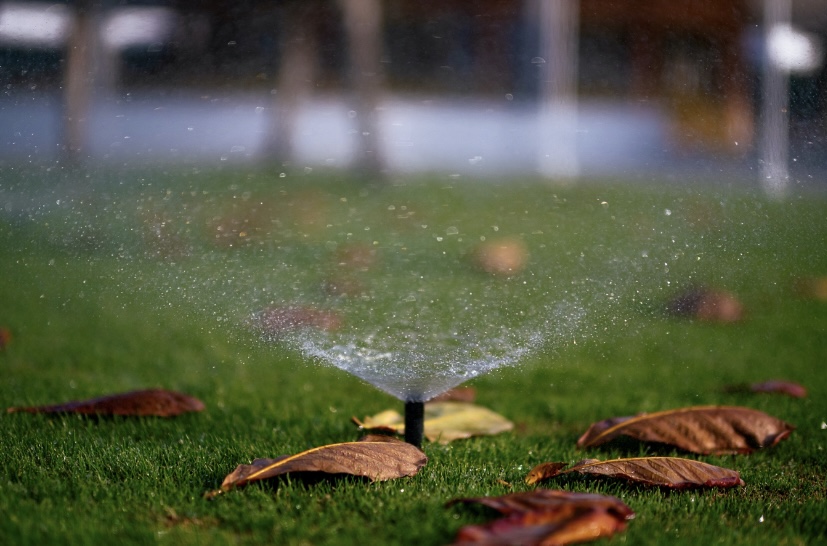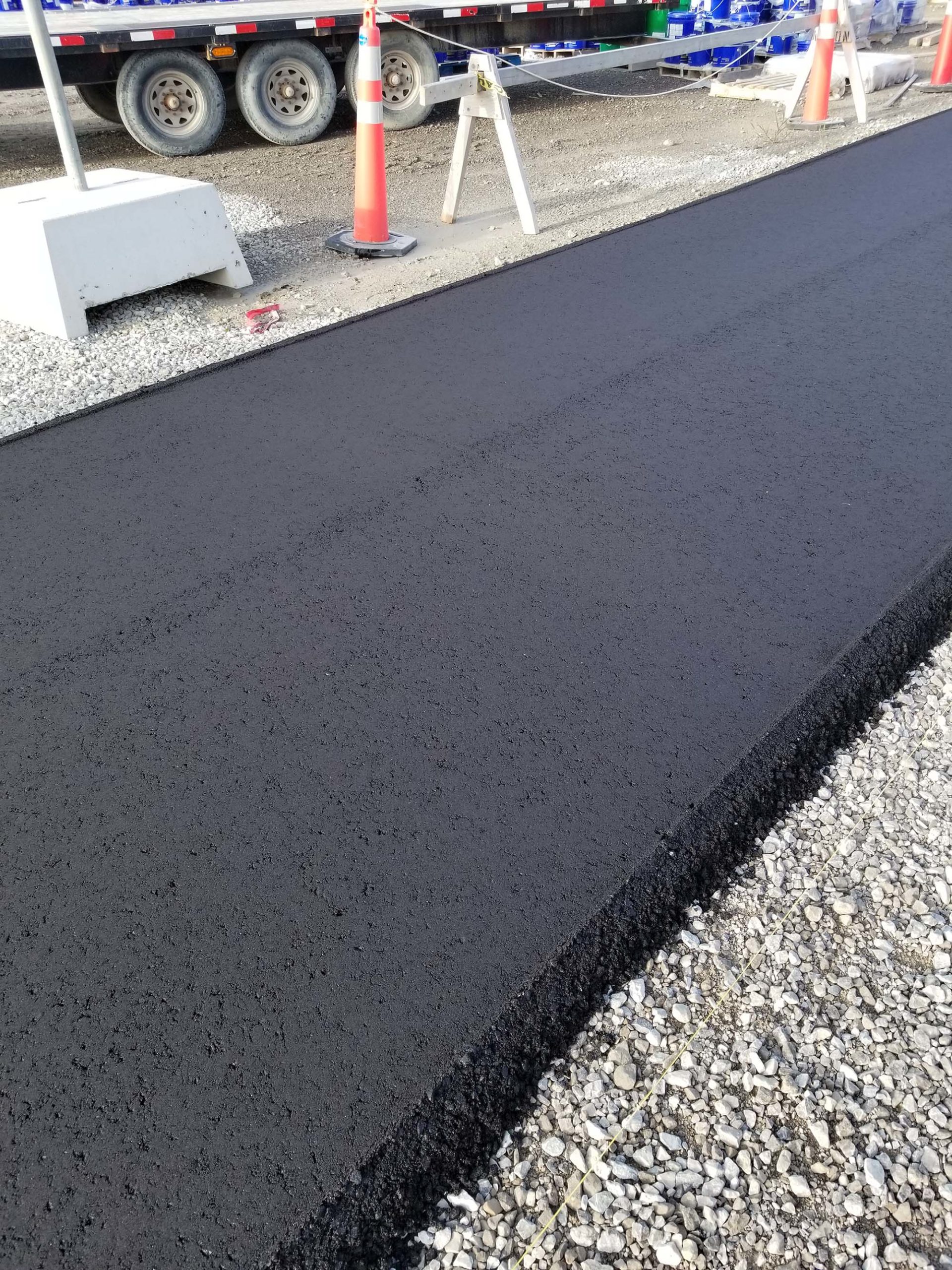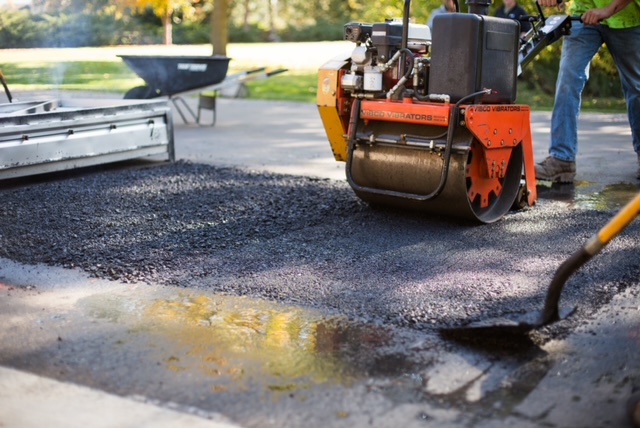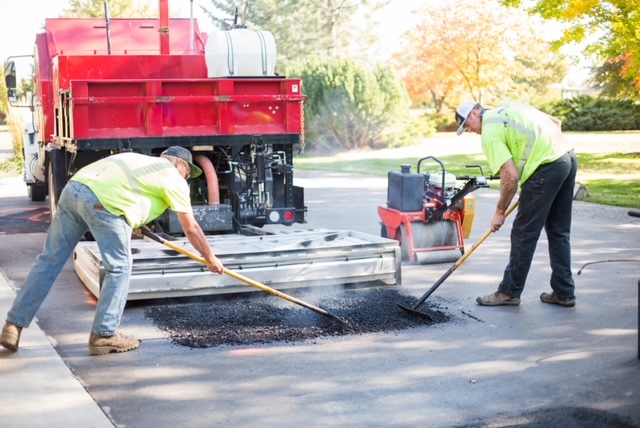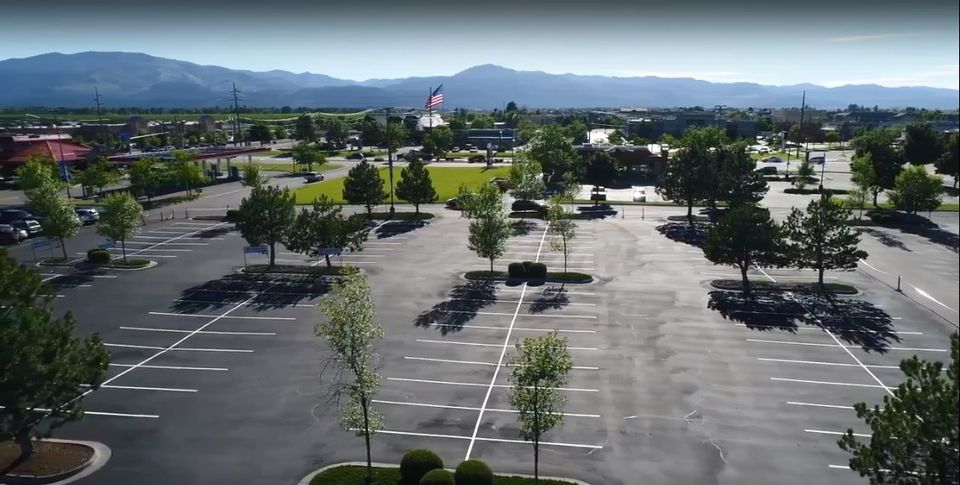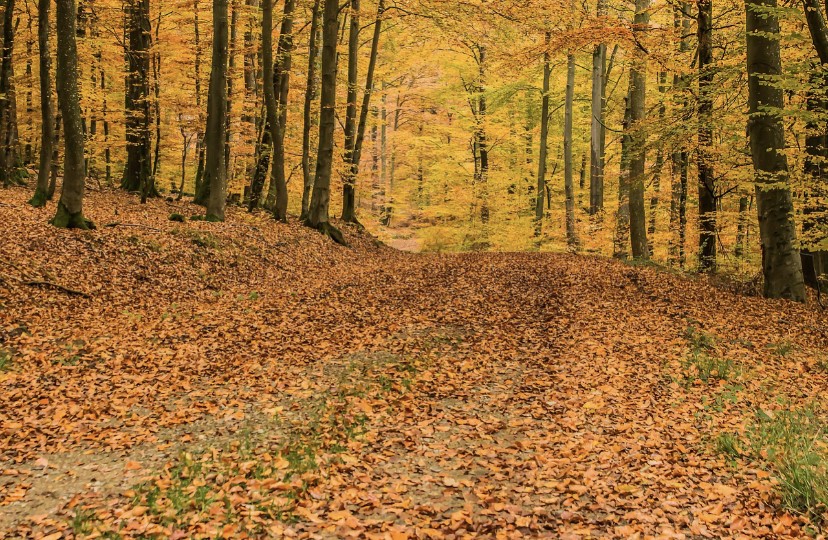
Every autumn, we break out the rakes, garbage bags and tarps. But did you know that raking leaves can actually hurt your lawn and the ecosystem?
It’s true. Plants, including grass, require nutrients from the soil to grow. As leaves decompose, they release nutrients back into the soil. By removing the leaves every fall, you are denying your soil those necessary ingredients. Additionally, small critters such as butterflies and beetles use fall foliage as winter nesting grounds. If you let the leaves rest as they land, however, they can create a thick barrier that smothers your grass. So, what to do? Save yourself the trouble of raking and mulch instead! Your lawn (and your lower back) will thank you.
Mulching is simply a process of shredding the leaves into smaller pieces, so the break-down process happens even faster. It is a simple and straightforward way that you can create a healthier and more ecofriendly green space while still preparing your lawn for winter and spring.
The most common approach to mulching is with a lawn mower. There are many varieties of mulching blades and mowers available, but any type of mower and blade can chop the leaves up for you. For thick layers of leaves, you may want to make multiple passes or try spreading the leaves out into a thinner, more even layer.
Begin by setting the blade to its highest setting. Next, remove the bag from the mower. Now you are ready to begin mulching! Simply pass the mower over the lawn as if you were cutting the grass. You want the leaves shredded to roughly the size of a dime, which may require a second pass. If you have accumulated more than 6 inches of leaves it will be more difficult to mulch with this method. To avoid that, consider mulching a few times throughout the autumn season.
After mulching, the leaf fragments should be small enough to settle down into the soil. You will now be able to see mostly grass – it may even look as if you have raked! If your leaves are concentrated in one area, you can always re-attach your mower bag, fill it with mulched leaves and then spread that over garden beds or add it to your compost.
We hope you try this new method of fall clean-up. It is sure to enhance your soil and ecosystem while saving you time and effort!
